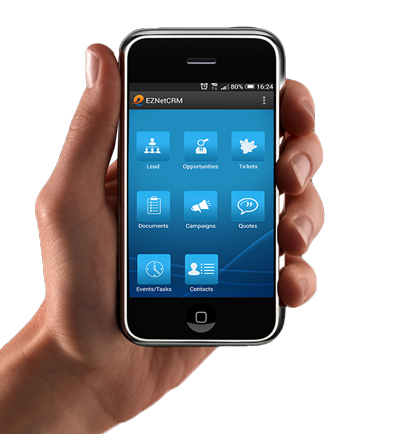Even though it’s a pretty popular buzzword today referencing applications that help companies engage with their customers on a more systematic level, CRM has not been around forever, at least in a software sense. This article will tell you more about how CRM came to exist and how it’s evolved over time to help business owners be more effective.
The 90’s
In the 1990s, CRMs started to hit the market. Although this was certainly revolutionary for business owners, the solutions were very expensive to acquire and the functions were limited. Nonetheless, some companies took the plunge to learn more about these solutions and the best way to implement them. The limited functions and high cost made it difficult for many business owners to see the benefit in continued investment, however.
One of the biggest challenges facing CRMs as this time was a lack of integration. Back then, the software had to be acquired from one vendor. A separate vendor could be required to develop the infrastructure for running the software. In many cases, a third vendor was needed to sync these two applications together and personalize it for the company’s needs. Like with the limited functions and high cost, this initial version of CRM was burdensome but loaded with potential.
Modified CRM
Recognizing these needs, it was obvious that CRM would have to evolve to serve a critical purpose for the modern business. Since it was so difficult to work with the early systems, many companies wound up using these versions of CRM as one more transaction management tool. Used in this way, CRMs quickly became outdated.
This led to the modernization of CRM, focused more on the people and the psychology behind the service itself. Capturing more data from customers allowed business owners to learn more about how customers behaved in the past. This was essential for learning how customers were likely to behave in the future. This move alone gave business a big step forward in being able to tweak existing offerings and behaviors when it became clear that something else might work better.
CRM Today
Innovations in technology have fueled CRM even further, with many systems being very intuitive. The better infrastructure allows a CRM to manage massive amounts of data from customers, empowering business owners to better understand them and establish automated connection based on what the customer has bought in the past.
This approach is more than just customer data gathered in one location, but it adds a human component that strengthens relationships. It’s likely that the functionality within a CRM will only continue to grow and evolve to encompass more computing power. Over time, the sales process within a CRM can become even shorter by collecting and providing information in real time. There’s never been a better or easier time to implement a CRM into your existing business structure. You’d be amazed at the tools provided to you and how you can use them to increase your relationships with existing customers.
→', 'twentytwelve' ) ); ?>

